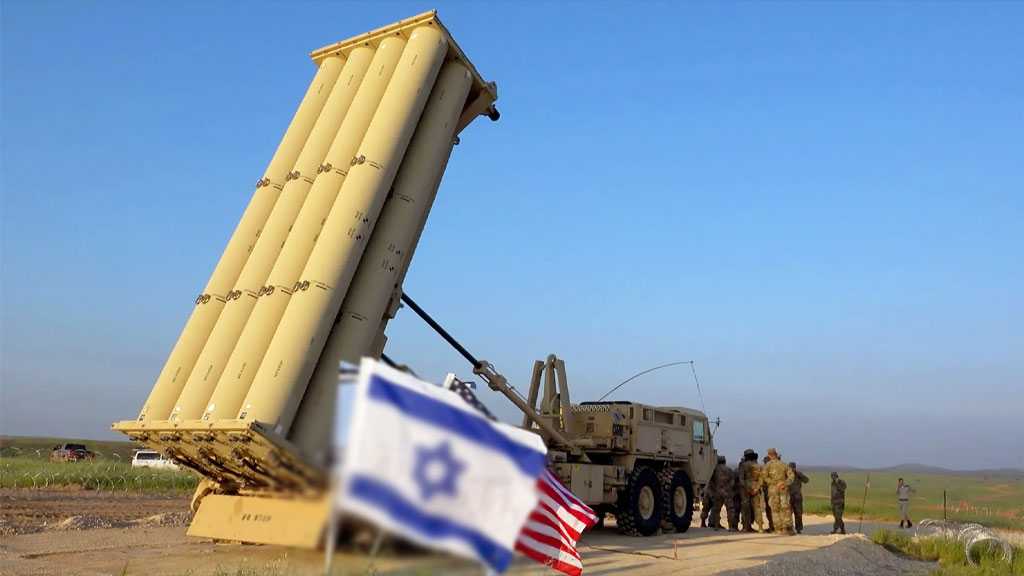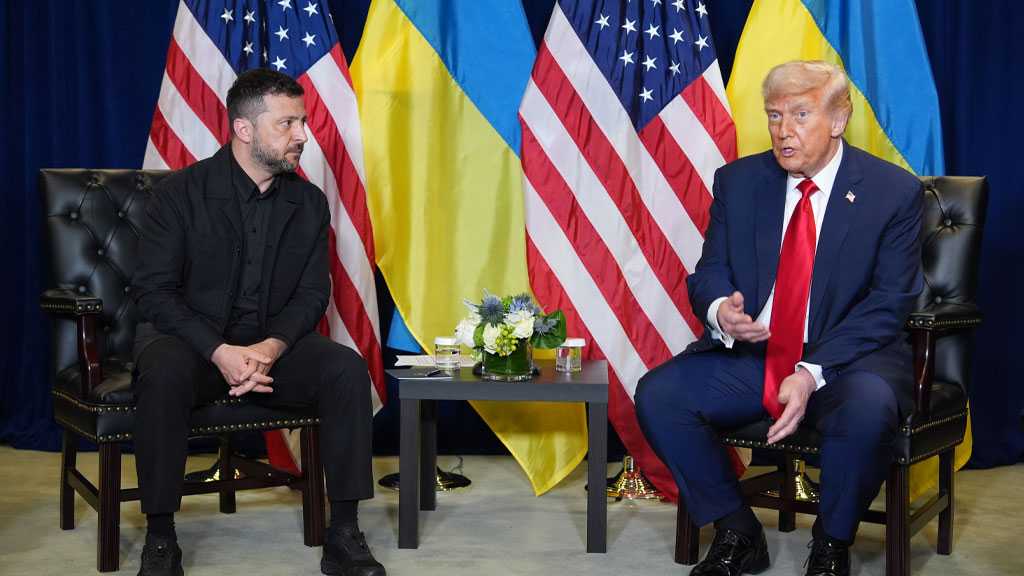US Faces Alarming Gap in Missile Stockpile After “Israeli” War with Iran

By Staff, Agencies
The Wall Street Journal has raised the alarm over a critical shortfall in the US missile arsenal following Iran’s massive retaliatory strikes on the “Israeli” entity, warning that Washington’s missile stockpiles are dangerously depleted and unable to sustain repeated high-intensity operations.
According to the Thursday report, the US expended an extraordinary number of interceptors during its unprecedented support for “Israel” in response to Iran’s retaliation for Tel Aviv’s 12-day aggression in June.
Despite deploying nearly a third of its global Terminal High Altitude Area Defense [THAAD] systems, many Iranian missiles still penetrated the defense umbrella.
Former Pentagon official Dan Shapiro described the effort as “an extraordinary commitment of US technology and personnel to ‘Israel’s’ security,” yet even this extensive deployment fell short.
The report notes that five of the US military’s seven THAAD units are now stationed abroad, prompting concerns over limited downtime for maintenance and training — known as “dwell” issues.
The Journal revealed that over 150 THAAD interceptors — nearly a quarter of all ever acquired by the Pentagon — were launched. Replenishing these would cost up to $2 billion and take over a year, given Lockheed Martin’s limited annual production capacity of about 100 interceptors.
The paper also criticized the performance of other US missile systems, including the Patriot batteries, which were deployed in a last-ditch effort to shield the occupied territories.
In a sign of desperation, American planners reportedly considered redirecting interceptor orders originally destined for Saudi Arabia.
“The sheer volume of Iran’s missile barrage complicated effective interception,” explained Tri Freed of Johns Hopkins. The scale of the assault forced the US Navy to fire 80 Standard Missile-3 interceptors — each costing between $8 million and $25 million.
With no at-sea reloading capability, American destroyers had to withdraw mid-conflict to resupply, a vulnerability that defense experts say poses a strategic liability in future wars.
The report further disclosed that the “Israeli” arsenal itself came under strain. Stocks of Arrow, David’s Sling, and Iron Dome interceptors dwindled rapidly, and one US official admitted that “had Iran fired a few more large volleys,” the Arrow 3 supply would have been exhausted.
Vice Admiral Brad Cooper, who is set to lead US Central Command, told Congress that the issue of “munitions and magazine depth” must be addressed.
Meanwhile, Tom Karako of the Center for Strategic and International Studies warned that the US cannot sustain another round of conflict at this scale. “The other worry is that the Iranians are going to do this again. And we can’t afford to do it again,” he cautioned.
Ultimately, the report highlights not just a logistical crisis, but a wake-up call for US military planners who now face the daunting task of rearming amid rising threats in West Asia.
Comments
- Related News




